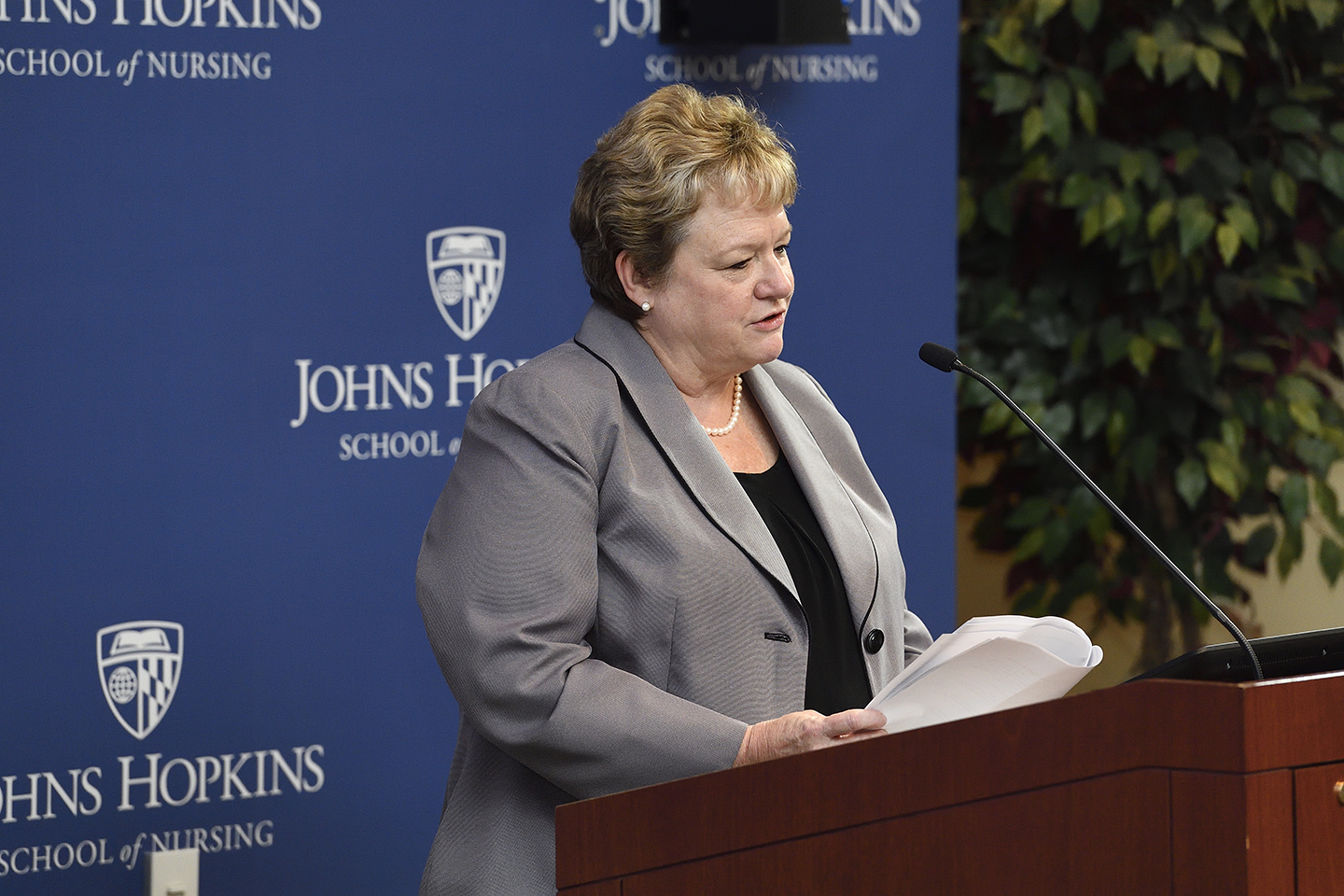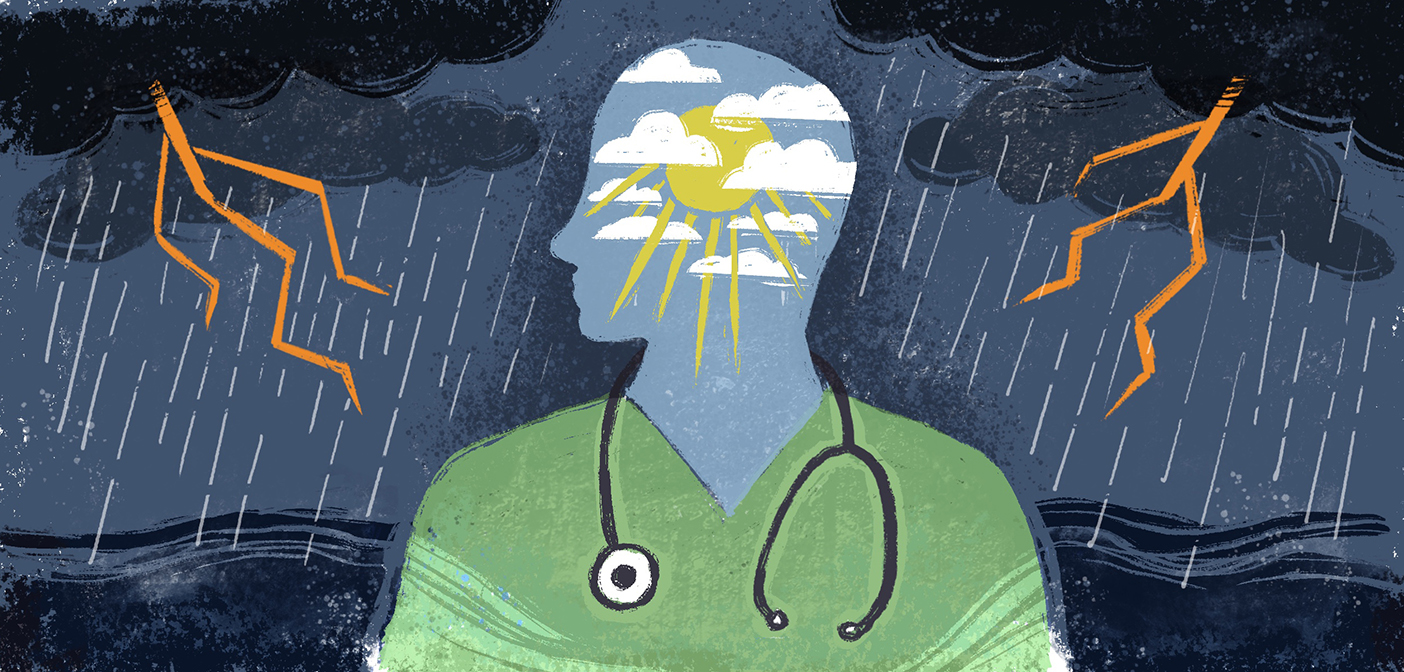In the general population, about 8 women in 100,000 and 28 men in 100,000 die from suicide. Yet that number rises to nearly 12 in 100,000 among female nurses, and 40 in 100,000 among male nurses. Nurse anesthetists and retired nurses face the highest risk.
A number of mental health and psychological concerns have been thoroughly researched among nurses. Here at the Johns Hopkins School of Nursing, Cynda Rushton, PhD, RN, FAAN has published extensively on moral distress, burnout, and resilience. However, this is the first study to connect nurses with suicide, the most permanent mental health outcome, in decades.
Yet the medical research community has been aware of, and intervening, in suicide risk among physicians for some time. In 2018, NPR reported that doctors die by suicide at double the rate of the general public. And quite often studies of suicide among doctors has linked suicide, burnout, and depression.
Dr. Cynda Rushton weighs in:
This study highlights that nurses, along with physicians, are experiencing significant physical, emotional and moral suffering in their roles that in some cases leads to suicide. With suicide rates higher among nurses than in other occupations, urgent attention is needed to understand the root causes of the conditions that cause nurses to consider suicide. We must design systemic solutions to address the underlying problems and proactively identify at risk nurses while expanding resources to support them.
Read more:
- Moral Distress and Building Resilience
- Suicide Risk in Nurses Higher than General Population
- Nurse Suicide: Breaking the Silence

ABOUT THE AUTHOR: SYDNEE LOGAN
Sydnee Logan is the Social Media and Digital Content Coordinator for Johns Hopkins School of Nursing. She shares what’s going on here with the world.

 A Shared Resilience
A Shared Resilience A Letter from Deb Baker: Sharing Our Voices, Influencing Change
A Letter from Deb Baker: Sharing Our Voices, Influencing Change Cynda Rushton Earns AACN Award for Distinguished Career
Cynda Rushton Earns AACN Award for Distinguished Career The Eye of the Storm
The Eye of the Storm ‘The Nurse Antigone’ Shines Light on Grief, Strength
‘The Nurse Antigone’ Shines Light on Grief, Strength







